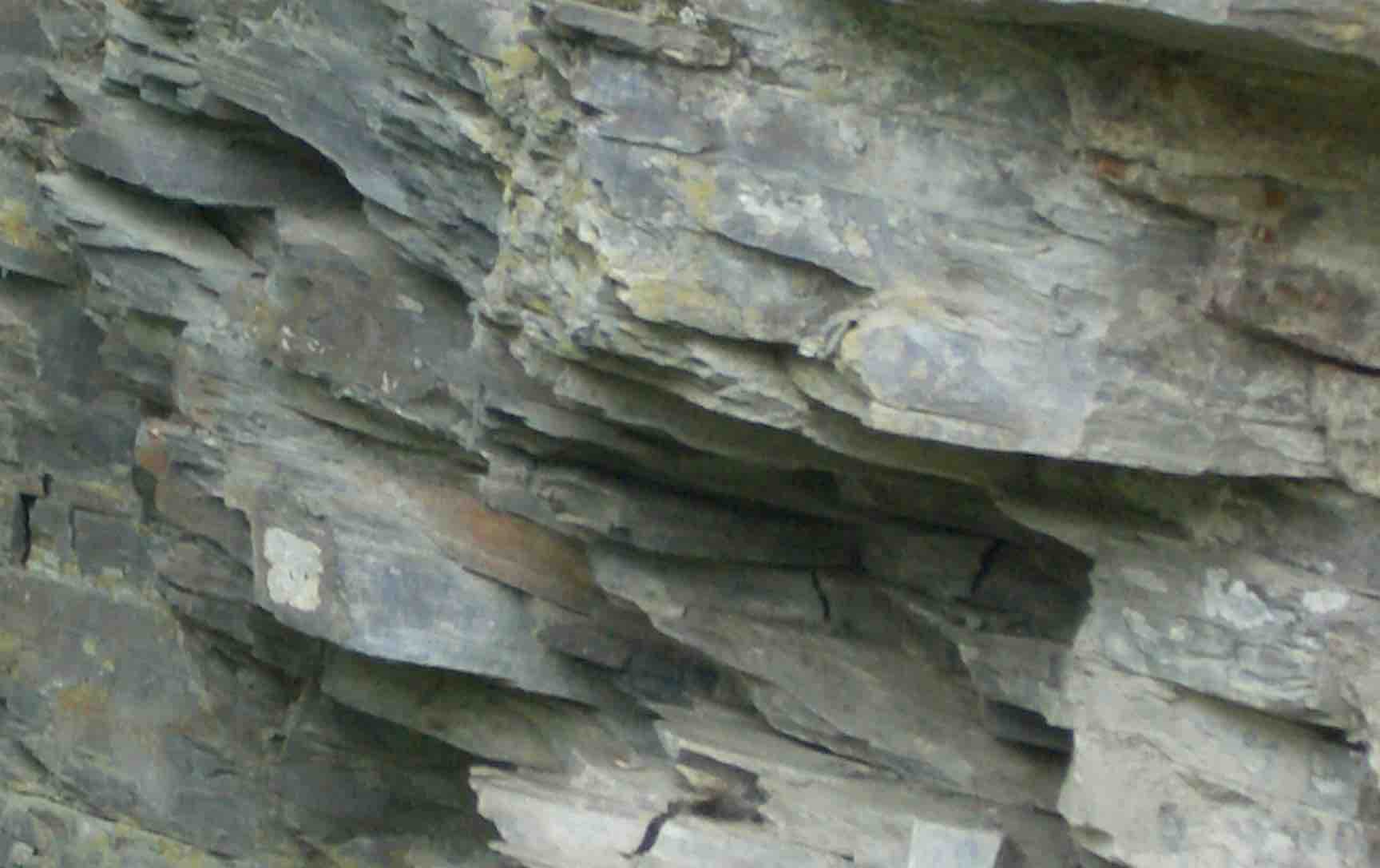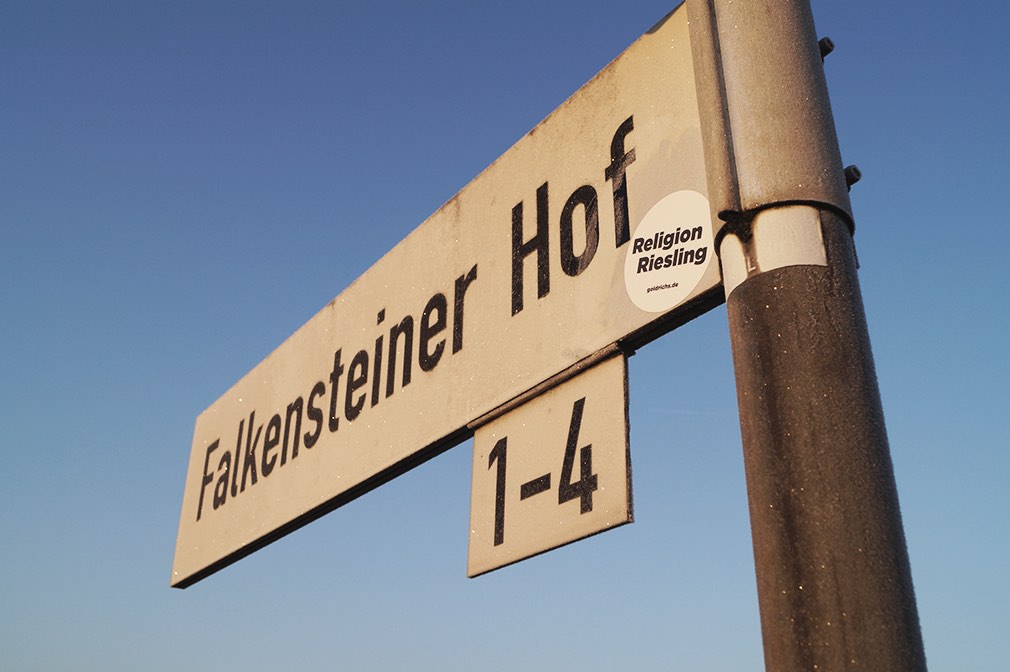The Moselle wine-growing region has six viticultural subareas (Cochem Castle {Terrassenmosel}, Bernkastel {Middle Mosel}, Saar, Ruwer, Upper Moselle, Moseltor). With 5,685 hectares, the Middle Mosel is its largest wine-growing area and at the same time the heart of the Moselle cultivation area. Many well-known vineyard locations can be found along the approximately 100 kilometers of the river, their steep slopes mostly on Devonian slate, which can be gray, blue or red. The grapes for the 2003 Riesling Auslese Piesporter Goldtröpfchen from the Grans-Fassian winery grow on a gray-blue slate soil, interspersed with quartz and minerals
Mosel
Juicy mineral Riesling Kabinett
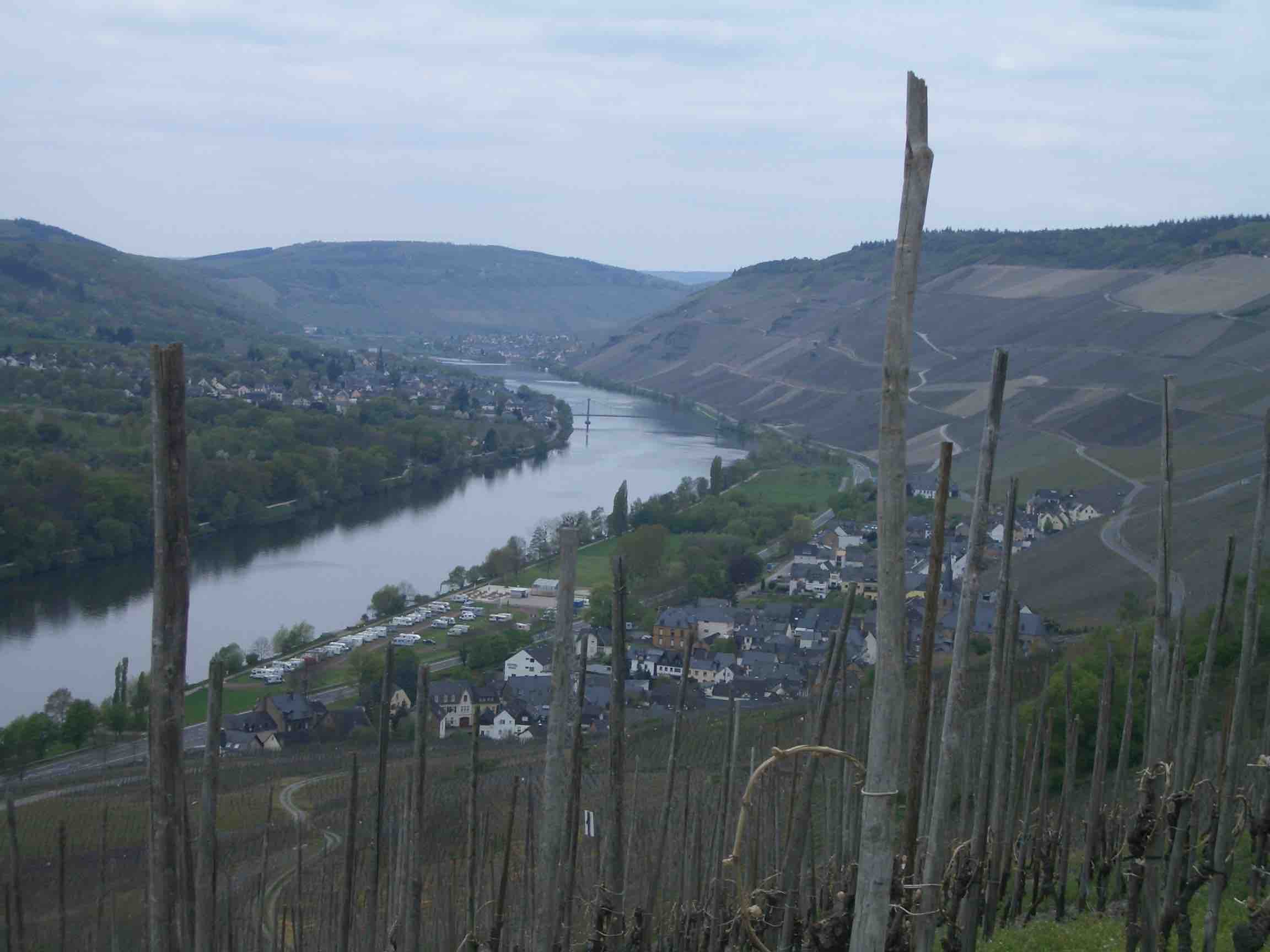
Everyone has been talking about Kabinett in recent years, increasingly more so. This may be due above all to the fact that the mostly delicate, juicy wines show increasingly more character. Better sweet Kabinett wines from Riesling in particular show a perfect balance between fruit sweetness and high acidity. Even with Kabinett, which is the first tier in the series of top quality wines, grapes juice, must or sugar must not be added under any circumstances, like it is the case with all other types of German predicates wines. The minimum must weight for the Kabinett wines varies between 73 and 85 ° Oechsle depending on the wine-growing region and the grape variety, in the case of the tasted Mosel Riesling Kabinett 2018 from the winery Reichsgraf von Kesselstatt, it is 73 °.
Fine balanced Riesling Auslese from the Karthäuserhof

Wines from the Karthäuserhof winery are easily recognizable by their bottle or by the label on the bottle neck. Albert Behler, the New York-based real estate tycoon, owner of the winery, which is now family-owned for over 200 years, says this a unique trademark. The winery was founded in 1335 by Carthusian monks and is located in Trier – Eitelsbach in the Ruwer valley. It works all 20 hectares of the VDP. Große Eitelsbacher Karthäuserhofberg. Mainly Riesling is planted on its devonian slate soil with clayey sprinkles and high mineral proportions.
Piquant Balance – Wehlener Sonnenuhr Auslese of Schloss Lieser
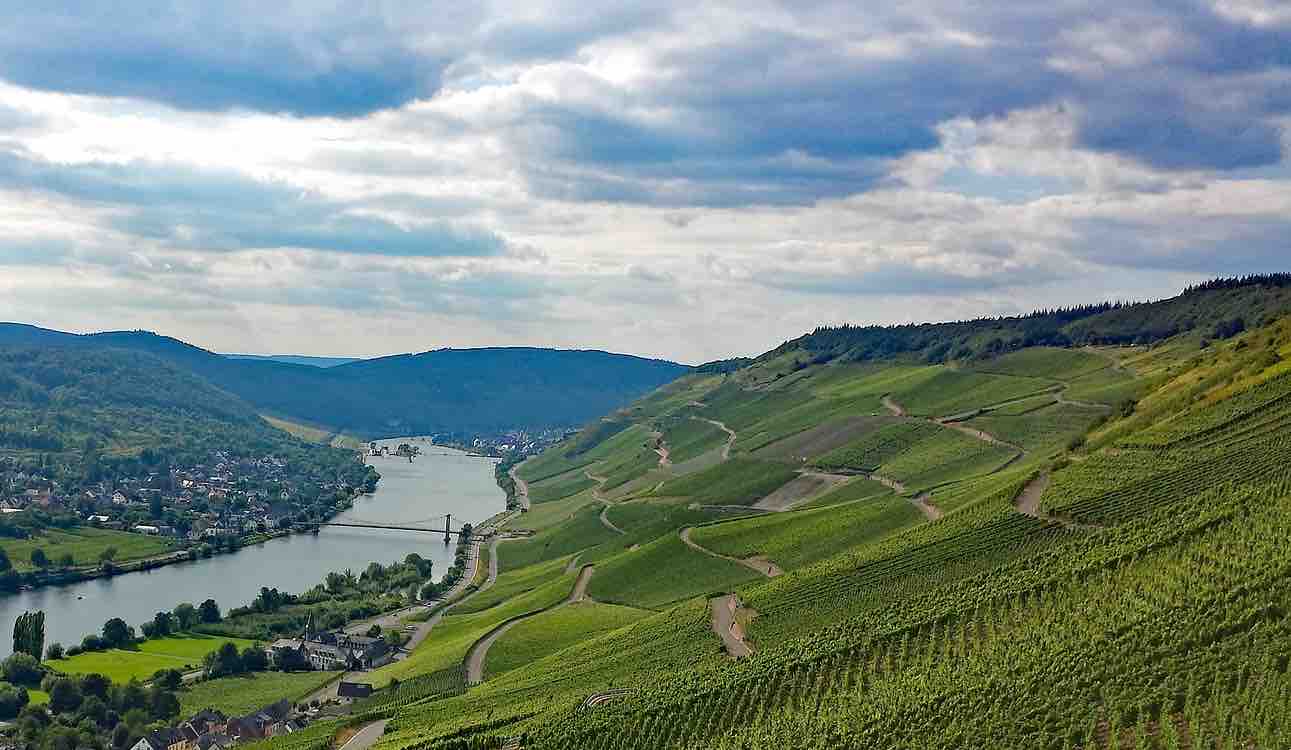
In 1992 Thomas Haag started as cellar master at the Schloss Lieser winery, and the winery is in his possession since 1997. Over the years he has steadily developed it into a top Moselle winery. His wines prove this even more than all the winery’s awards. Around 17 hectares of vineyards in steep locations are cultivated, around a third of which are in the Lieser Niederberg Helden location, the rest are in the Lieser Schlossberg, Brauneberger Juffer Sonnenuhr, Brauneberger Juffer, Graacher Himmelreich, Graacher Domprobst, Piesporter Goldtröpfchen, Bernkasteler Doctor sowie Wehlener Sonnenuhr.
Complex late harvest from the Enkircher Ellergrub
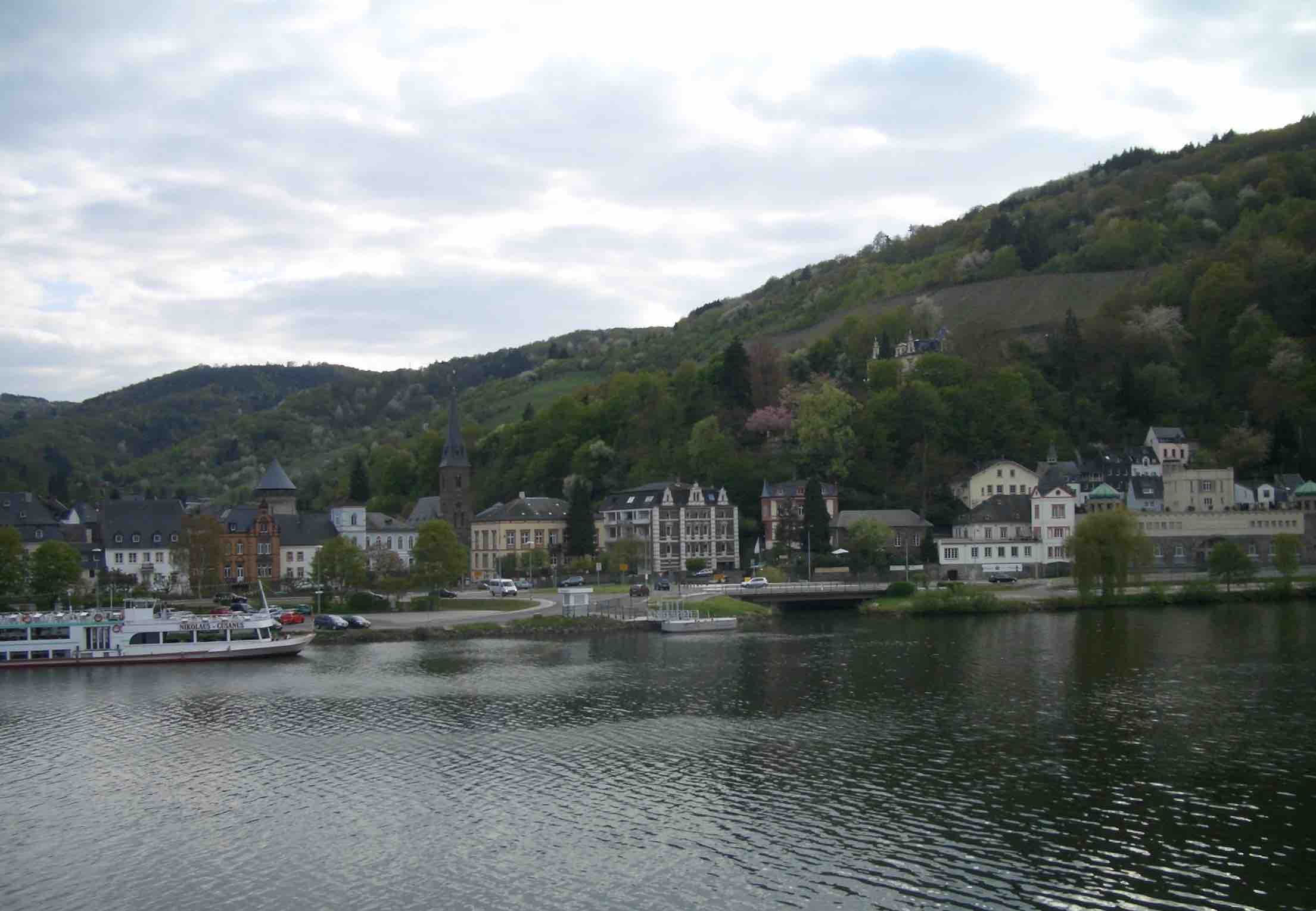 A few minutes away from the Hotel Bellevue lies the winery Weiser-Künstler in Traben-Trarbach. The Art Nouveau hotel recalls the wealth of the city at the time of the very profitable trade in Riesling wines around 1900, when the Mosel town, after Bordeaux, was the second largest wine trading town. So it is not surprising that many of the vines there have a considerable age and also, not so few of them are growing on their own roots, so are not grafted.
A few minutes away from the Hotel Bellevue lies the winery Weiser-Künstler in Traben-Trarbach. The Art Nouveau hotel recalls the wealth of the city at the time of the very profitable trade in Riesling wines around 1900, when the Mosel town, after Bordeaux, was the second largest wine trading town. So it is not surprising that many of the vines there have a considerable age and also, not so few of them are growing on their own roots, so are not grafted.
Hofgut Falkenstein – Gripping Late Harvest from the Saar
If you look on the Internet for ways to buy wines from Hofgut Falkenstein, you will find only a few suppliers. Some of them even point out that they receive only small quantities and a delivery is therefore reserved for regular customers. The wines from Hofgut Falkenstein are not only very popular in Germany, you could say, there is a real hype and the vintages are often sold out very quickly.
Classic Kabinetts of great Moselle vineyard locations
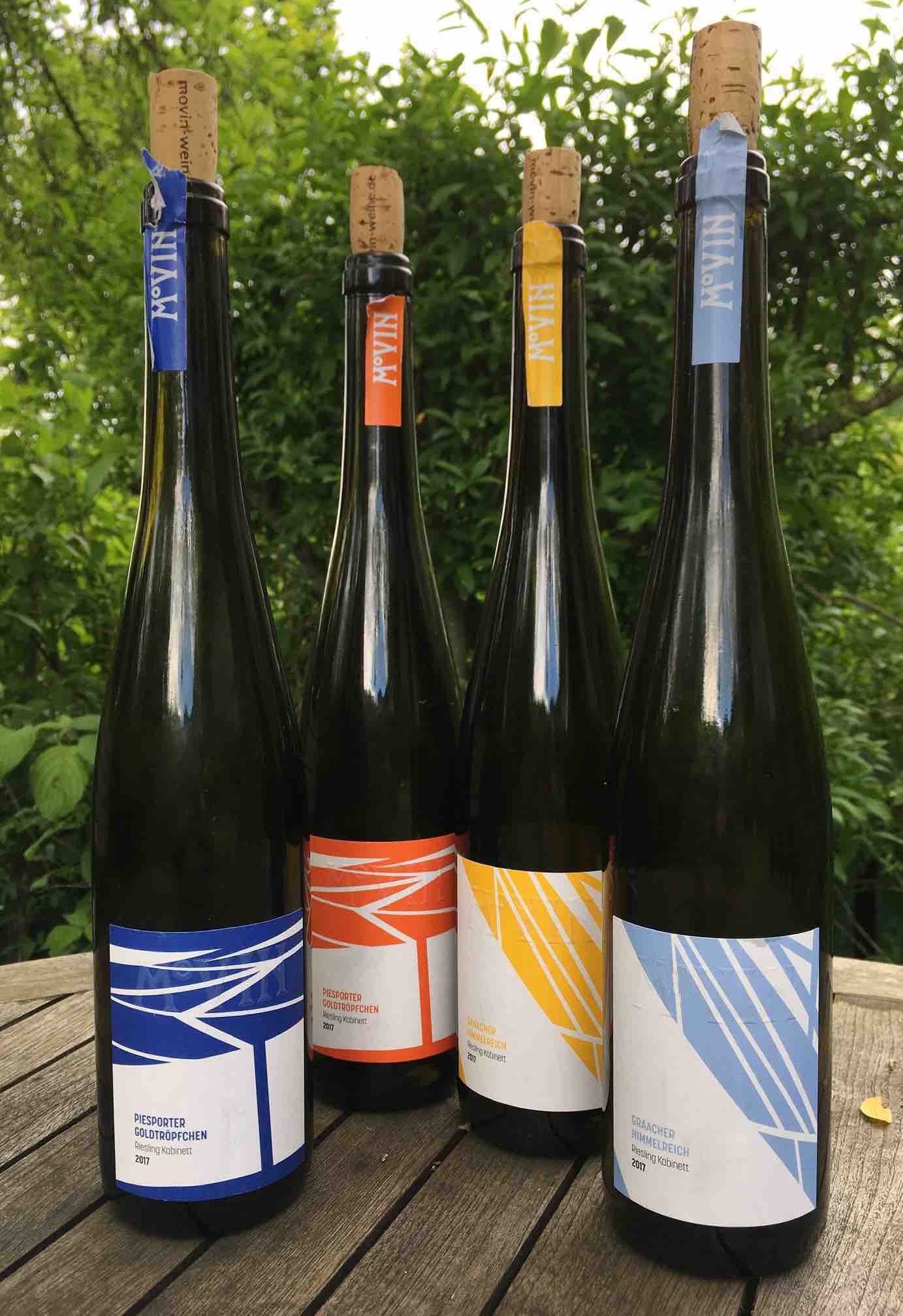
M°vin stands for wine from the Mosel, actually rather for fruit sweet Cabinet wines. Only these are offered by M°vin, which goes back to an initiative of the native Moselles Roman Bastgen and Felix Schon. During their studies in Cologne the two made the experience that the Cabinet wines of their home were very well received with their Cologne friends and acquaintances, even with those who wanted to drink only very dry wines.
So they came up with the idea to market these wines under the label M°vin and thus make these typical Mosel wines better known. For this idea, they have won some young winemakers from the … Read more ...
Saarriesling Kabinett – fresh, juicy, racy
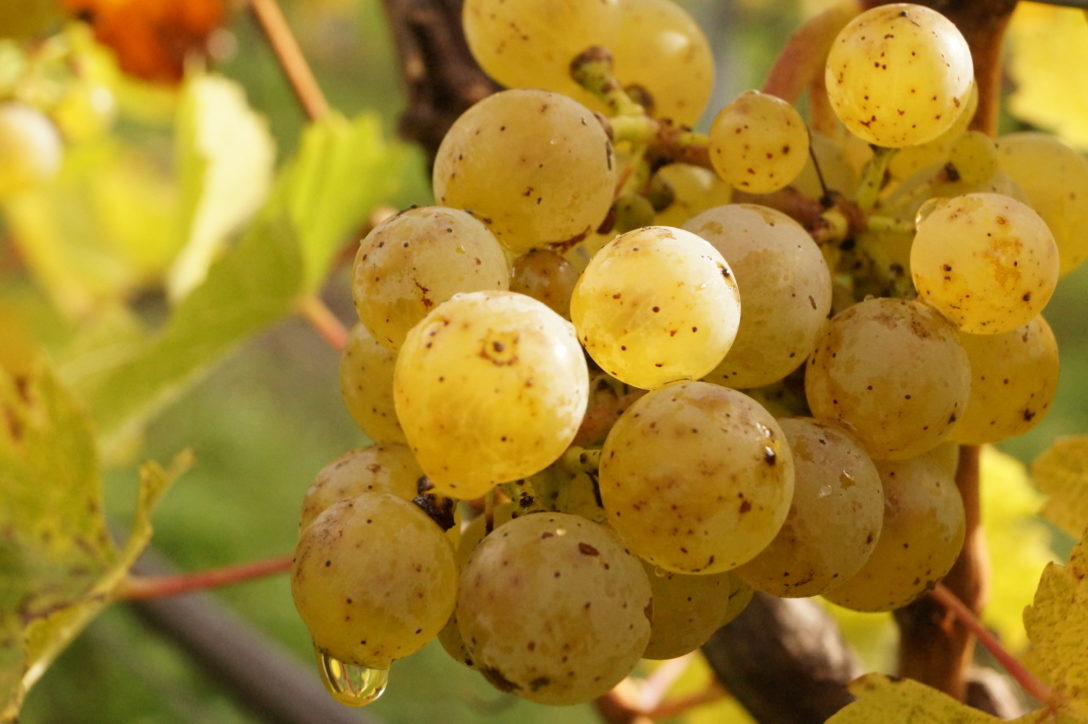
About one and a half years ago I heard the first time from the online shop Goldrichs, which offered only fruit sweet Rieslings at that time. At that time, I had been asked by Goldrichs if I would like to taste some wines of the assortment and post the tasting in my blog, with which I agreed. This has only been because I found the idea of putting fruity Rieslings in the center of attention worth of support and still find.
Scharzhofberger Riesling Late Harvest – Vereinigte Hospitien
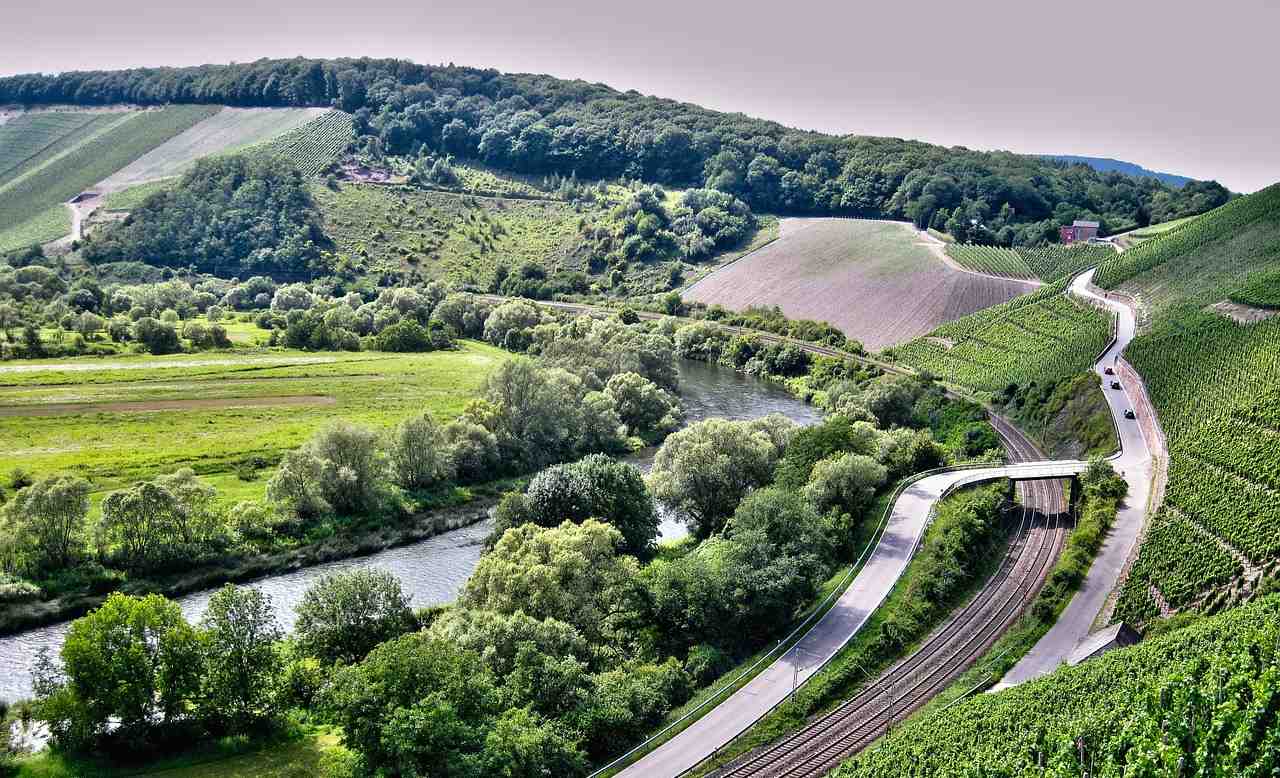
The Vereinigte Hospitien, founded in 1804 by Napoleon Bonaparte as a social foundation, still perform this task today by looking after and caring for old, sick or disabled people in different institutions. From the beginning, a winery was also part of it, which provably has cultivated the first Riesling in the Mosel valley in 1464. The figure of St. James on the bottle label reminds at the St. Jacobs Hospital, the owner at that time.
The United Hospitals are also known for their spectacular wine cellar, the oldest wine cellar in Germany, which impresses not only with ancient Roman masonry from around 330 AD, but above all by its size and the possibility to enjoy wine tasting there.
Feinherb showpiece – Molitor’s Zeltinger Himmelreich 2016
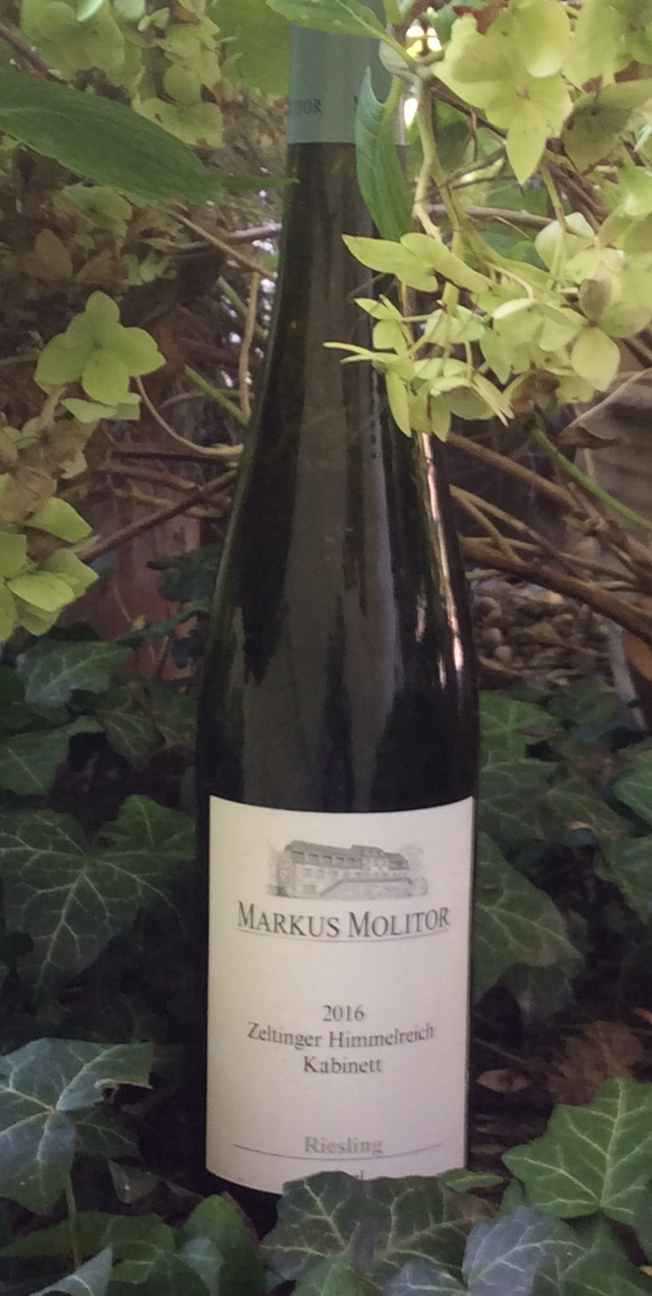 There are four different grades of sweetness according to German and EU wine law: dry, semi-dry, semisweet and sweet, in addition, one also finds the term feinherb. A term probably only used in Germany, which should convey to the consumer that the wine has a fine, slightly herb note, even though or just because it is not dry.
There are four different grades of sweetness according to German and EU wine law: dry, semi-dry, semisweet and sweet, in addition, one also finds the term feinherb. A term probably only used in Germany, which should convey to the consumer that the wine has a fine, slightly herb note, even though or just because it is not dry.
In various wine lexica it can be read that a feinherb wine, such as a semi-dry one, has a residual sugar content of 9 to 18 g / l, whereby the sugar may not be more than 10 g / l above the acidity. This is true for … Read more ...
